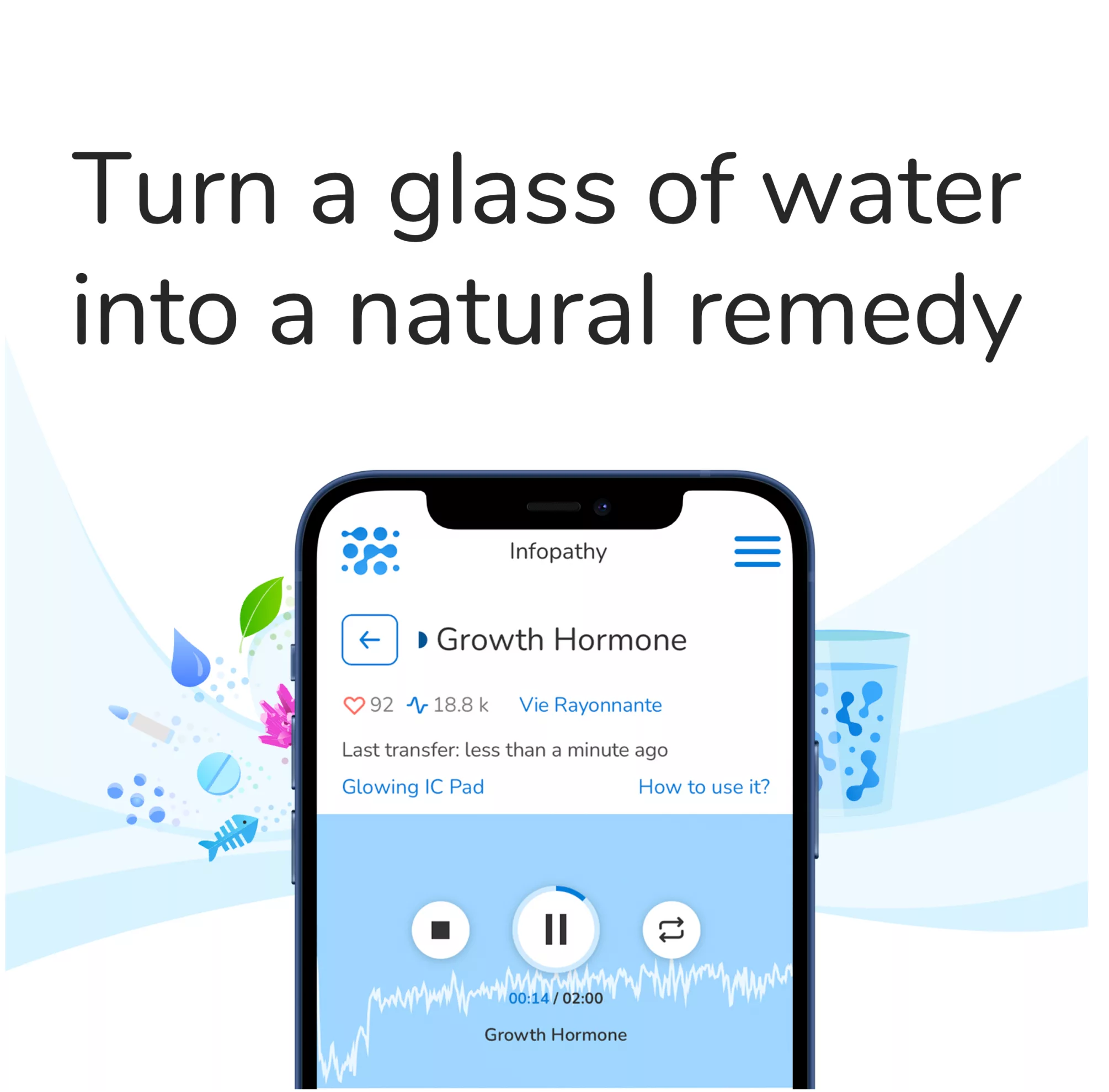Researchers from the USC Leonard Davis School of Gerontology have recently discovered that cycling a fasting-mimicking diet (FMD) improves insulin resistance, reduces liver fat accumulation and slows biological aging. An FMD contains high unsaturated fatty acids but relatively few calories, proteins or carbohydrates compared to its conventional counterpart.
The study supports the claim that periodic fasting can be an easily manageable and sustainable dietary intervention to lower disease risk factors without drastic lifestyle changes. Psychologically speaking, fasting may be more viable than caloric restriction since it doesn’t lead to malnutrition.
How it works
Fasting to stave off aging might sound counterintuitive, but scientific studies support its concept. Two clinical trials found that people following a fasting-mimicking diet for five days each month over three months experienced reduced diabetes risks including lower blood sugar and increased insulin sensitivity.
The FMD provides high levels of protein while restricting calories and carbohydrates, encouraging your body to burn fat as energy instead of muscle tissue for energy. This process, known as autophagy, allows your body to selectively cannibalize wrinkle-causing debris while simultaneously supporting healthy proteins to thrive.
Before beginning any type of intermittent fasting diet – be it the ProLon FMD or otherwise – it’s wise to visit a physician and have your health history reviewed, in order to ensure there are no existing conditions that might worsen under intermittent fasting diets such as the ProLon FMD.
What to eat
An anti-aging diet relies on eating food rich in essential nutrients that support cellular health and nourish the gut microbiome, such as vegetables, whole grains, nuts and seeds, fish, healthy fats like olive oil. These nutrients work to support our body’s natural defenses against inflammation and oxidative stress that lead to premature aging.
Researchers have studied the effect of diet on aging and found that calorie restriction slows biological clocks or telomeres (protective caps at the ends of DNA chromosomes that shorten with age), thus delaying biological clocks or telomeres from shortening with age. Unfortunately, however, long-term calorie restriction isn’t practical or safe for most people, so scientists are exploring other means of curbing aging through diet.
Nature Communications recently published a study which suggests that periodically following a “fasting-mimicking diet” (FMD) could significantly lower disease risk factors and slow biological aging, when compared with following regular meals. An FMD is a plant-based diet with three days per month dedicated to low overall calories, protein and carbohydrates while increasing unsaturated fats from nuts, seeds and olive oil consumption; its purpose is to mimic fasting’s biological effects by inducing autophagy to remove old cells from your body while feeding off wrinkle- and fat-causing waste as energy sources while simultaneously feeding autophagy’s powerful biological effects to clear old cells from your body while feeding off wrinkle- and fat-causing waste for energy sources – similar effects which fasting does with regards autophagy clearing out old cells while feasting upon wrinkle- and fat-causing waste for energy – to restore youthful skin aging!
USC Leonard Davis School of Gerontology researchers discovered that following Valter Longo’s longevity diet, the FMD reduced disease risk factors and slowed immune cell aging while decreasing insulin resistance and liver fat – all key indicators of metabolic damage.
Although ProLon FMD may be suitable for most individuals, it’s still wise to consult a healthcare provider and get their opinion prior to beginning fasting. Also be sure to speak to them if attempting different forms of intermittent fasting like “water fasting.”
Exercise
Regular exercise has been proven to reduce many of the hallmarks of aging, as it helps optimize heart, blood vessel, and brain health. Furthermore, exercise improves your mobility, endurance levels, and energy levels, giving you more to look forward to in life. Climbing Stairs- This simple activity offers your lower section an intense workout while at the same time challenging gravity by increasing muscle strength while increasing bone density.
High Impact Movements – Jumping and forceful stepping are among the top age-reversing movements, helping improve bone density while simultaneously offering an excellent cardio workout.






